Ship Plans for Liberty Ship Arthur M. Huddell
Built by the thousands, only three Liberty Ships still exist
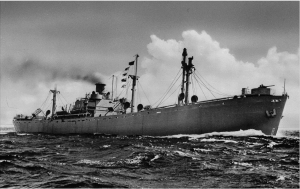
The Arthur M. Huddell is one of three remaining Liberty Ships, of which the U.S. Maritime Commission ordered more than 2,700 during World War II. She was classified as EC2-S-C1.
These standard-design, mass-produced general-purpose cargo ships were the workhorses of World War II. Libery ships were part of the U.S. Maritime Commission’s “Emergency Program” launched when the United States entered World War II. The massive ship construction plan utilized new and existing shipyards across the United States to build ships of standardized design from prefabricated parts, greatly reducing construction time.
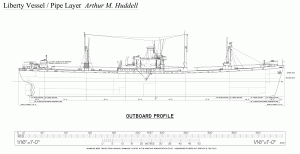
The need for ships was in part due to the decline of the U.S. shipping industry after World War I. The United States Shipping Board, the predecessor of the Maritime Commission, added 1,300 ships to the Merchant Marine between 1918 and 1922, giving the United States a more robust presence in international shipping than it had had in 70 years. But the U.S. stock market crash in 1929 and the Great Depression were major setbacks to the maritime industry. Many steamship companies were unable to replace or update aging ships—over 90 percent of the fleet was over twenty years old and had an average speed of between 10 and 11 knots.
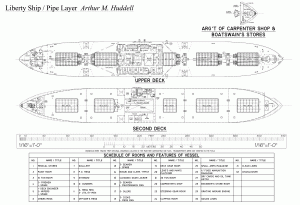
President Franklin D. Roosevelt’s New Deal economic policies replaced the Shipping Board with the U.S. Maritime Commission, and helped revive the Merchant Marine by developiung a long-range program for building 500 ships that were both contemporary and economical over a ten-year period. Seeing the coming war in Europe, the Maritime commission doubled its plan in 1939, and again in 1940, planning to build 200 ships a year.
Just days after declaring war, President Franklin D. Roosevelt announced that the U.S. would begin building ships in mass quantity. Later called the “Liberty” ship, these vessels were not pretty, nor fast, but by producting them in large numbers the U.S. could offset losses by German U-boats.
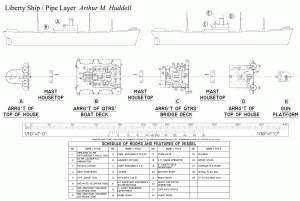
Working under a tight deadline, the Maritime Commission based the Liberty Ship design on an 1879 British design for a basic freighter with a displacement around 10,000 tons and service speed of 10 knots. The Maritime Commission chose the design because it had a proven track record in the Atlantic Ocean, and could easily be modified.
In 1942, during the fifth wave of shipbuilding expansion for the Emergency Program, St. Johns River Shipbuilding opened on the south side of Jacksonville, Florida. The shipyard was equipped with six ways to construct Liberty ships and could build vessels up to 450′ long. During the height of production, the shipyard employed 20,000 men and women and produced 82 Liberty ships and 12 T1 tankers for the war. The Arthur M. Huddell was St. Johns River Shipbuilding’s twenty-third Liberty ship, and her keel was laid on 25 October 1943. The vessel was launched on 7 December 1943, the second anniversary of Pearl Harbor. The shipyard completed outfitting nine days later.
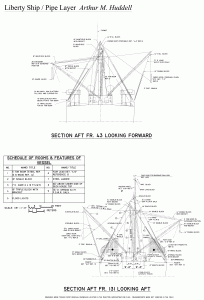
In 1944 the Huddell was converted to carry fuel pipeline from the U.S. to England for Operation PLUTO, which built a pipeline across the English Channel to provide fuel to to Allied forces invading continental Europe.
In 1956 A.T. & T. used the ship to lay undersea communication cable. During the Cold War, she laid cable for the Navy’s Sound Surveillance System. She was decommissioned in 1984.
In 2008 she was tranferred to Greece, where she now serves as a museum ship.
Principal Dimensions:
Length (oa): 441′-6″
Beam (molded): 56′-10 ¾”
Draft: 25′-3 ¼”
Displacement: 14,257 (fl) tons
Maximum continuous shaft horsepower: 2,500
Service speed: 11 knots
Dates of Construction:
Keel laying: 25 October 1943
Launching: 7 December 1943
Commissioned: 16 December 1943
Designer: U.S. Maritime Commission and Gibbs & Cox, New York
Builder: St. Johns River Shipbuilding, Jacksonville, Florida
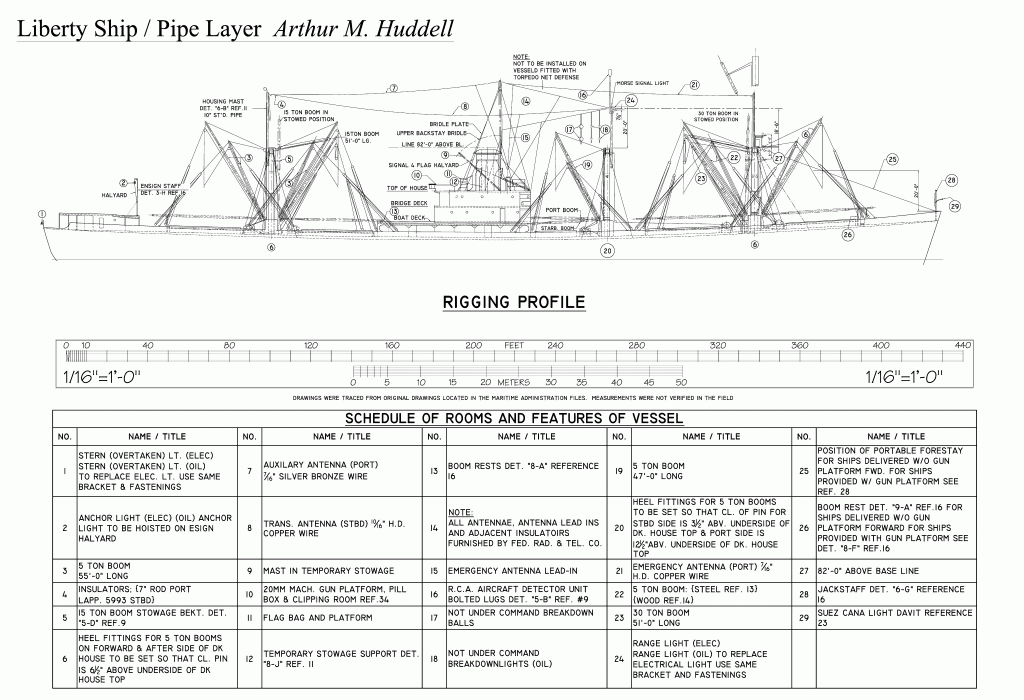
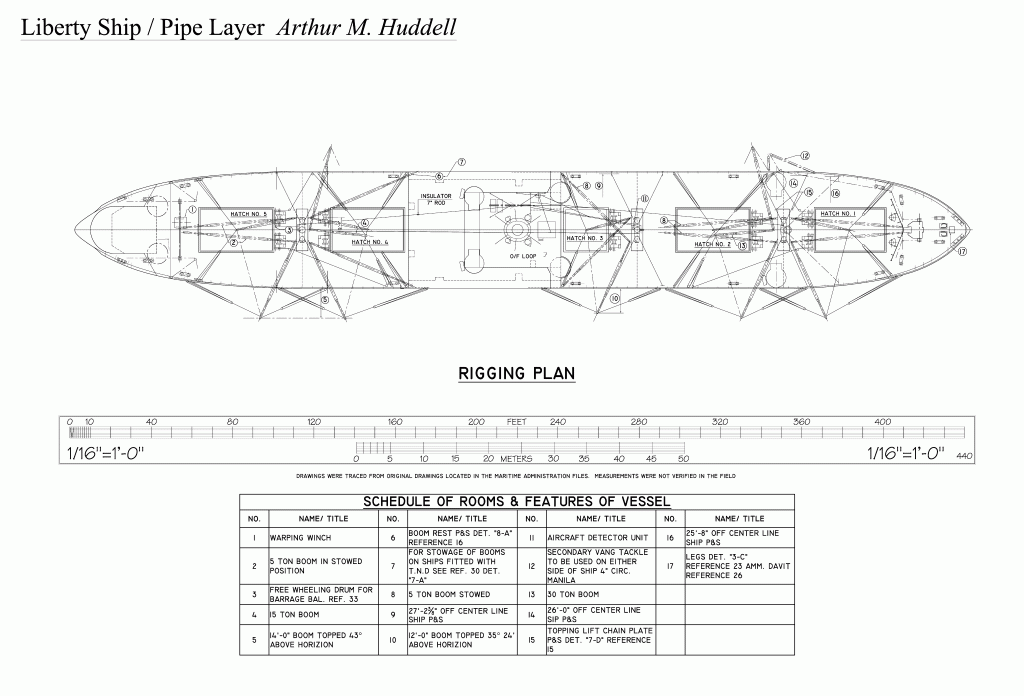
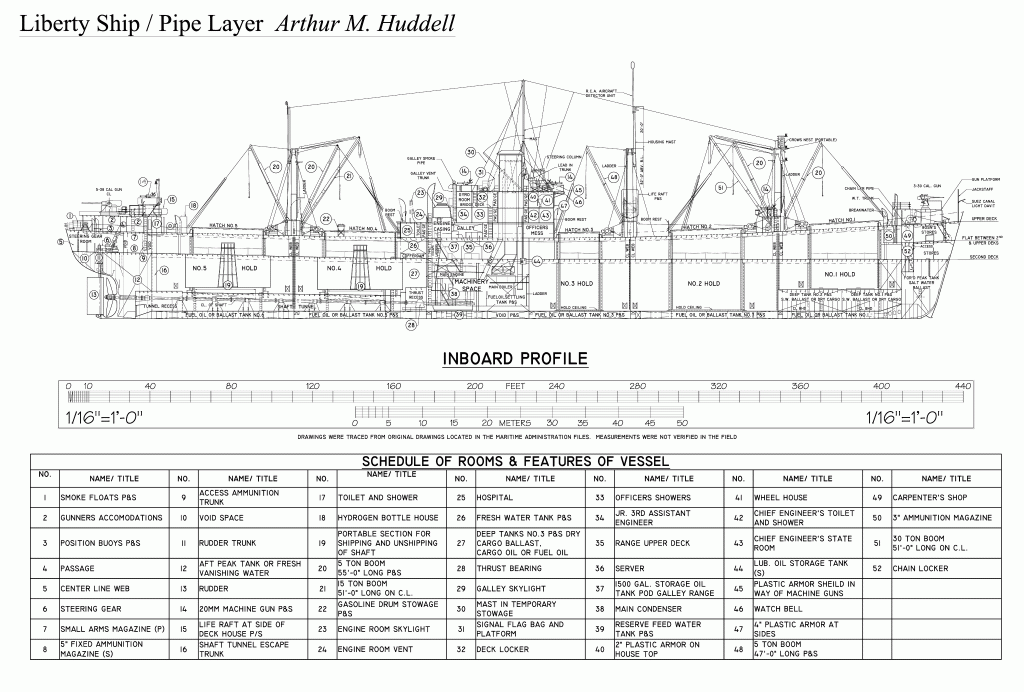
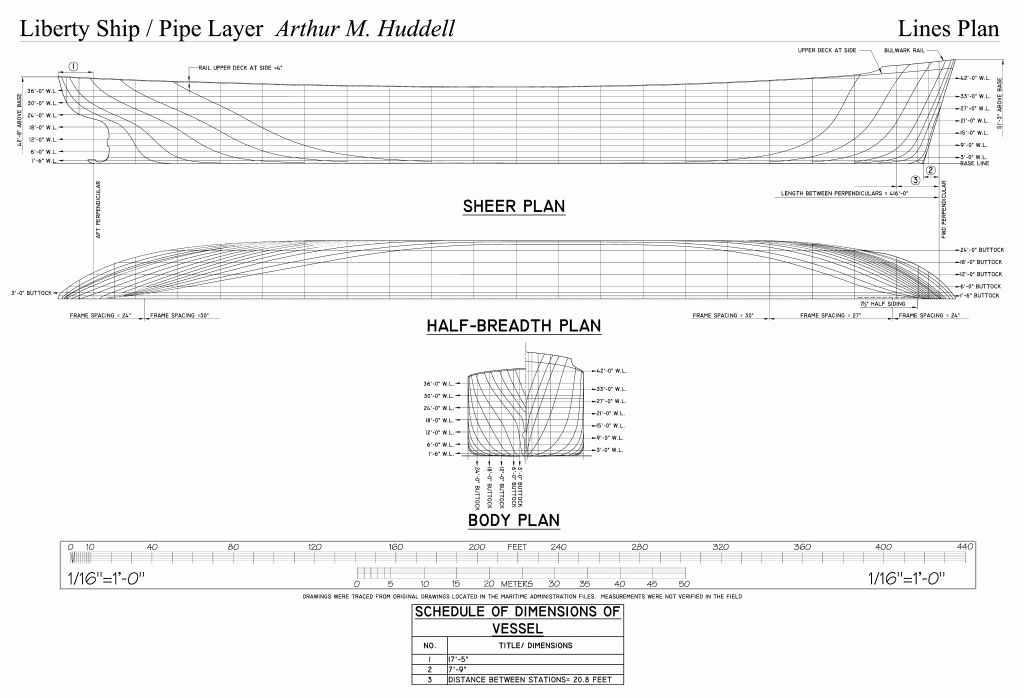
These ship plans were created as part of the Historic American Engineering Record (HAER), a long-range program to document historically significant engineering and industrial works in the United States. The Heritage Documentation Programs of the National Park Service, U.S. Department of the Interior, administers the HAER program.
The project was prepared under the direction of Todd Croteau (HAER Maritime Program Coordinator). Ashley T. Walker and Jonathan Dowsett generated vessel drawings. David Haas produced the large-format photographs. Special thanks go to Erhard Koehler (U.S. Maritime Administration) whose help and assistance greatly benefited the project.
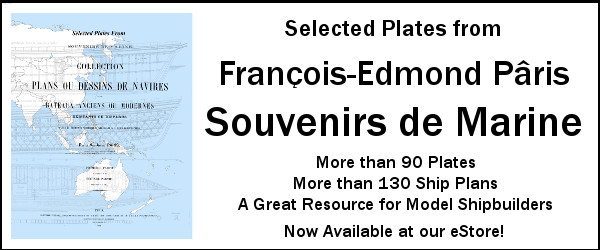
not quite clear, is the buy now for the plans or just a site donation?
Sorry for the confusion, the PayPal button is for donations. The plans can be downloaded for free.
Left-click on the image to open the full size image file, and the right-click on that image and choose “Save Image As” to download it to your computer. Most copy stores can print the files on their architectural drawing printer.
The Arthur M. Huddell has been renamed Hellas Liberty and is now on permanent display near Gate E.2 in Piraeus. Today I had the pleasure of visiting the ship. They have done a tremendous job restoring the vessel to represent a typical Liberty ship operating commercially under the Greek flag. From the displays on board I learnt that some 107 Liberty ships were purchased by Greek shipowners, the majority of which worked until the late 1960s. The last three of the 107 were scrapped in 1985.
I certainly recommend a visit to the Hellas Liberty to anyone visiting Greece. The preservation of the ship has been largely funded by Greek shipowners and entry was free of charge. There was lots to see.
December 7, 1943 was the two-year anniversary of Pearl Harbor, not the one-year, as your article states.
Thanks for catching the error!
Great drawings – are they available in any CAD or vector format? Even PDF?
Many thanks
We don’t have them in any CAD formats, but if you send me a message through our contact page with your email, I’ll create some PDFs and send them to you.